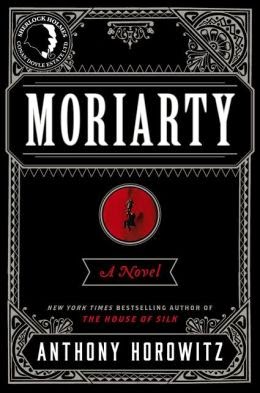 His entry begins:
His entry begins:This is a great time for a blog on what writers read since the holiday break is when professors like me store up all the books they wanted to read during the semester but didn’t get time to. The first book I read served to put my academic cortex on park and just revel in the joy of reading fiction; I chose Anthony Horowitz’s Moriarty. I have enjoyed previous books by Horowitz and also like the Foyle’s War series on PBS and fie on the reader who doesn’t revel in Sherlock Holmes. But Horowitz extends the domain beyond the usual pastiche and indeed neither Holmes nor Watson feature in this novel. Let me say that I enjoyed the book which kept my attention, if not my rapt attention. We begin again at the pesky Reichenbach Falls where apparently nobody died and...[read on]About Hoax Springs Eternal, from the publisher:
Unlike sleights of hand, which fool the senses, sleights of mind challenge cognition. This book defines and explains cognitive deception and explores six prominent potentialLearn more about Hoax Springs Eternal at the Cambridge University Press website.historical instances of it: the Cross of King Arthur, Drake's Plate of Brass, the Kensington Runestone, the Vinland Map, the Piltdown Man, and the Shroud of Turin. In spite of evidence contradicting their alleged origins, their stories continue to persuade many of their authenticity. Peter Hancock uses these purported hoaxes as case studies to develop and demonstrate fundamental principles of cognitive psychology. By dissecting each ostensible artifact, he illustrates how hoaxes can deceive us and offers us defenses against them. This book further examines how and why we allow others to deceive us and how and why we even deceive ourselves at times. Accessible to beginner and expert alike, Hoax Springs Eternal provides an essential interdisciplinary guide to cognitive deception.
The Page 99 Test: Hoax Springs Eternal.
Writers Read: Peter Hancock.
--Marshal Zeringue





